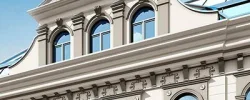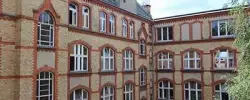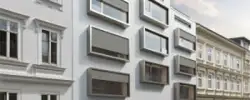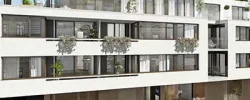Viktoria-Ufer 12
Return
6.5% p.a.
Duration
24 months
Project type
Growth
Distribution
Yearly
Notice according to § 12 (2) Vermögensanlagengesetz
This investment involves considerable risk and may result in partial or total loss.Project Presentation
The property "Viktoria-Ufer 12" is a well-preserved residential building in the popular Berlin district of Spandau. The Spandau district in Berlin is a very popular and attractive residential area due to its well-established middle-class structures, its large number of parks and woodland areas and its good transport connections to the city centre. The property is located in the popular old town of Spandau and consists of a total of 8 residential units and 2 commercial units and has a total usable floor space of 727 m². It currently generates net rental income of around €60,000.
The property has already been purchased with debt and equity. Work is currently underway on the establishment of condominium ownership, which will be completed by the end of 2020. Starting in 2021, a renowned brokerage firm will then begin selling the individual apartments at market prices. It is expected that the realisation will be completed by the 2nd quarter of 2022 at the latest.
Location
Spandau was once one of the most important industrial centres in Berlin. Spandau is located in the gravitational center of the future Urban Tech Republic in Tegel and is home to the planned Siemens campus. The future of Spandau will be determined above all by its enormous space potential. With 92 square kilometers, Spandau is one of the largest districts.
The Spandau condominium market has grown by 26% compared to the previous year. According to the latest surveys, 53 percent of Spandau's residents live in an apartment alone. Ten years ago, the figure was 47 percent. 32 percent of the residents live in a household with two persons, 15 percent live together with two or more persons. Ten years ago the figure was 18 percent.
The sprawling district of Spandau is known for its parks and waterways as well as the charming old town of Spandau with its half-timbered houses and lively cafés. Spandau's 16th-century citadel serves as a venue for open-air concerts and houses a local history museum as well as a bat colony in its cellar. Further south, in the district of Kladow on the river Havel, is the Military History Museum of the German Armed Forces - Berlin-Gatow Airfield, with an extensive collection of aircraft from the First and Second World War.
Brandenburg Gate
The Brandenburg Gate in Berlin is an early classicist triumphal gate, which stands on the western flank of the square Pariser Platz in Berlin's Mitte district. The gate is Berlin's most famous landmark and a German national symbol, with which many important historical events of the 19th and 20th centuries are connected. Until the Second World War, for example, the end of Napoleonic rule from 1813 to 1815 in particular was associated with the building. During the Weimar Republic, Constitution Day was celebrated here every year on 11 August. Until the opening of the Iron Curtain, it stood directly on the border between East and West Berlin, thus symbolizing during the Cold War the clash between the Warsaw Pact and NATO at the most sensitive point in the world politics of their common border. Accordingly, since 1990 the Brandenburg Gate has also been regarded as a symbol of overcoming the division of Germany and Europe.
Spandau Citadel
The Spandau Citadel is considered one of the most important and best preserved Renaissance fortresses in Europe. It was built by Italian architects in the 16th century in place of Spandau Castle, when medieval castles lost their importance with the development of firearms. In times of crisis, it was to take over the protection of the royal seat Berlin-Cölln and serve as a place of refuge. The symmetrical complex, completely surrounded by water, has four bastions. These are the elements of a fortress that jut out of the rampart. They bear the names Queen, King, Crown Prince and Brandenburg. Due to its construction the fortress had no blind spots.
Reichstag building
The Reichstag building on Platz der Republik in Berlin has been the seat of the German Bundestag since 1999. Since 1994, the Federal Assembly has also met here to elect the German Federal President. The building was erected between 1884 and 1894 in the neo-renaissance style in the Tiergarten district on the left bank of the Spree River according to plans by the architect Paul Wallot. It housed both the Reichstag of the German Empire and that of the Weimar Republic. Initially, the Federal Council of the Empire also met there. After severe damage in the Reichstag fire of 1933 and the Second World War, the building was restored in the 1960s in a modernized form and was used for exhibitions and special events. From 1995 to 1999 the Reichstag was fundamentally redesigned by Norman Foster for its permanent use as a parliamentary building, which was decided in 1991. On April 19, 1999, the keys were handed over to the President of the Bundestag, Wolfgang Thierse. Since then, the German Bundestag has met there. A striking feature of the cityscape is the accessible glass dome above the plenary hall.
Berlin Wall Memorial
The Berlin Wall Memorial commemorates the division of Berlin by the Wall and the victims of the Berlin Wall. The national memorial, a 70-meter-long original section of the border fortifications, was rebuilt in 1998 by the Federal Republic of Germany and the State of Berlin on Bernauer Strasse (parts of the wall were taken from other sections) and later expanded. Today, the memorial site covers a length of 1.4 kilometers on the former border strip and, in addition to the memorial, also includes an outdoor exhibition, the Chapel of Reconciliation, the Berlin Wall Documentation Center, the Window of Remembrance, the Visitor Center, and an exhibition in the neighboring Nordbahnhof S-Bahn station.
East Side Gallery
The East Side Gallery monument in Berlin-Friedrichshain is a permanent open-air gallery on the longest part of the building still standing.
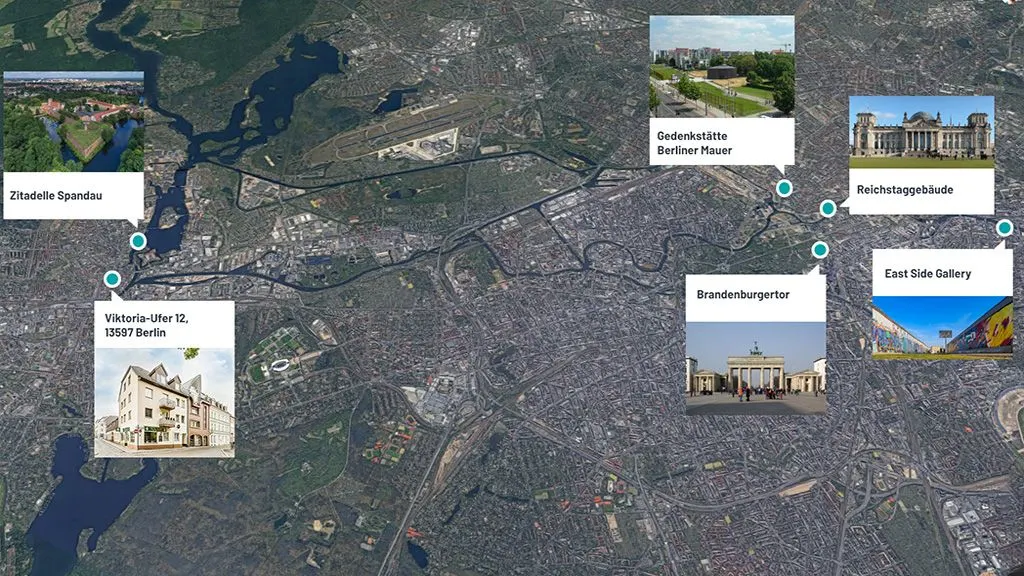
Team
Fourreal meets the challenge of contemporary space creation with the new construction or revitalisation of high-quality residential properties. When it comes to real material assets, Fourreal is the right contact. Since its foundation, the focus has been on project realisations in inner-city areas as well as on the development of living space in locations with a special quality of life. In addition to project development of upmarket residential properties, Fourreal concentrates on investments in properties for its portfolio. Precise property research and direct, compact planning enable the elimination of intermediate interfaces and thus maximum cost efficiency. Good creditworthiness and financial resources enable quick and flexible decisions.
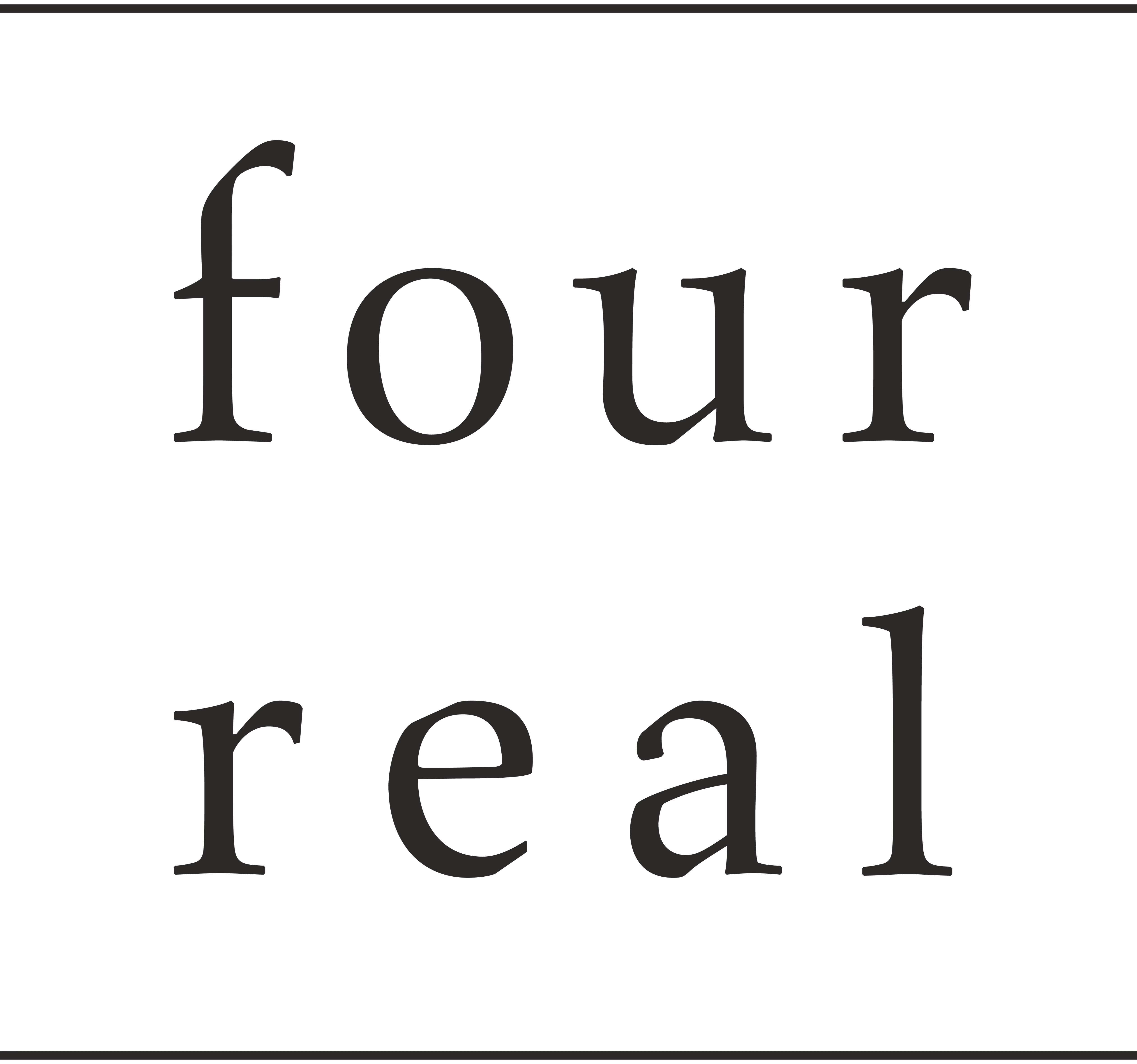
fourreal GmbH


